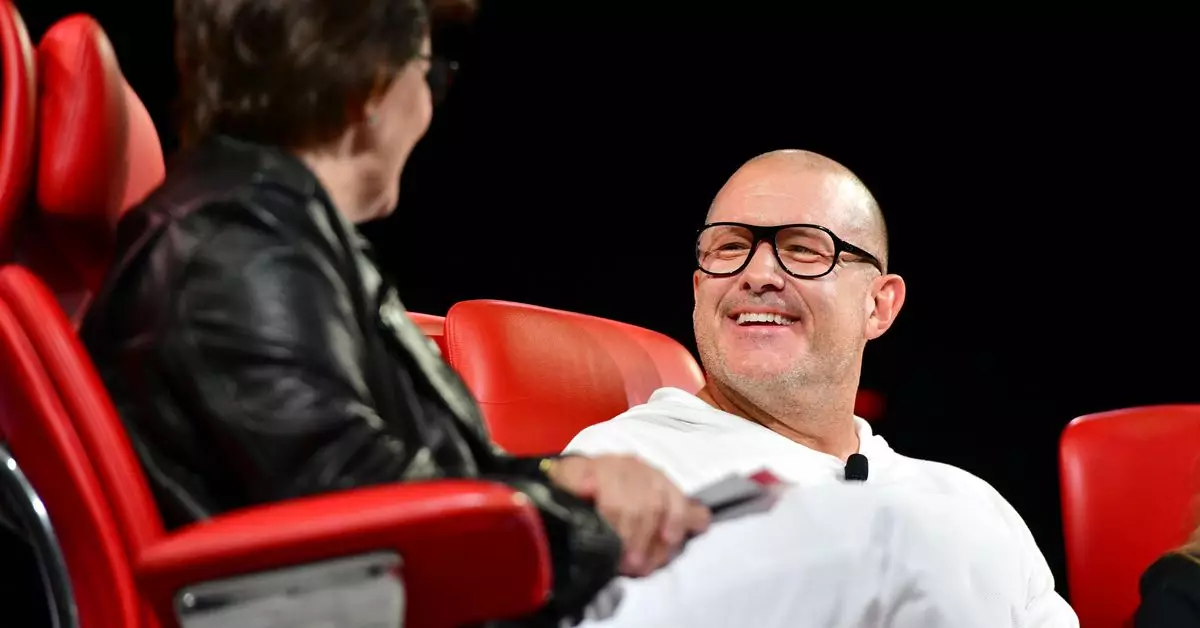In a remarkable turn of events, celebrated designer Jony Ive has officially confirmed his partnership with Sam Altman, the notable CEO of OpenAI, as they embark on an ambitious hardware project. This announcement follows a year of speculation and hints dropped by various tech publications, which suggested that this collaboration could redefine the landscape of personal computing. What began as whispers across technological forums and social media has now taken shape, driven by a vision that marries exceptional design philosophy with cutting-edge artificial intelligence.
The dynamics of this partnership, initiated through an introduction by Airbnb’s CEO Brian Chesky, emphasize the intersections of innovation, design, and modern technology. Funding sources for this venture include not only Ive himself but also the Emerson Collective, run by Laurene Powell Jobs. Notably, while there had been rumors circulating about potential backing from SoftBank’s Masayoshi Son, recent reports seem to have omitted this critical detail, leaving many to wonder about the future financing of the initiative.
Currently, the project features a compact team of just ten members, a decision that mirrors the lean startup models that have flourished in Silicon Valley. Among those involved are Tang Tan and Evans Hankey, both alumni of Apple’s famed design team responsible for the iPhone. Their inclusion is particularly noteworthy, as it hints at a deep-rooted design philosophy that may echo the principles behind Apple’s flagship products. The deliberate choice of experienced team members indicates that even with a limited workforce, the quality of output could be exceptionally high.
As the project unfolds, questions abound regarding the nature of the device itself. Previous reports suggested that the design might draw inspiration from the iPhone’s touchscreen technology, a notion that resonates well with Apple’s legacy of integrating simplistic yet powerful designs with user-centric functionality. This potential allegiance to established design trends serves as an intriguing perspective on what may come from this collaboration.
An exciting aspect of this partnership lies in its potential integration of generative AI—an area that has seen explosive growth and interest over the past year. The duo’s discussions hint at a device that could transcend traditional computing by offering a seamless blend of AI capabilities directly within hardware. Imagine a system that not only summarizes communication but also intelligently prioritizes tasks, recognizes objects within the user’s environment, and even autonomously manages complex activities such as travel arrangements.
This convergence of AI and hardware could substantially widen the horizons of personal computing, fundamentally altering how users interact with technology in their daily lives. As we await further updates, the implications of such a project are profound. Will this device simply augment our current tech interactions, or could it disrupt the very fabric of how we perceive and use technology?
While specific details remain scarce, the confirmation of Jony Ive’s collaboration with Sam Altman has undeniably set the tech world abuzz with anticipation. The melding of adept design with pioneering artificial intelligence suggests a future where computing devices could serve as intuitive partners in our lives. As the project develops, many will be keenly observing its trajectory, awaiting the moment when the fruits of this elusive collaboration are finally unveiled to the public.

